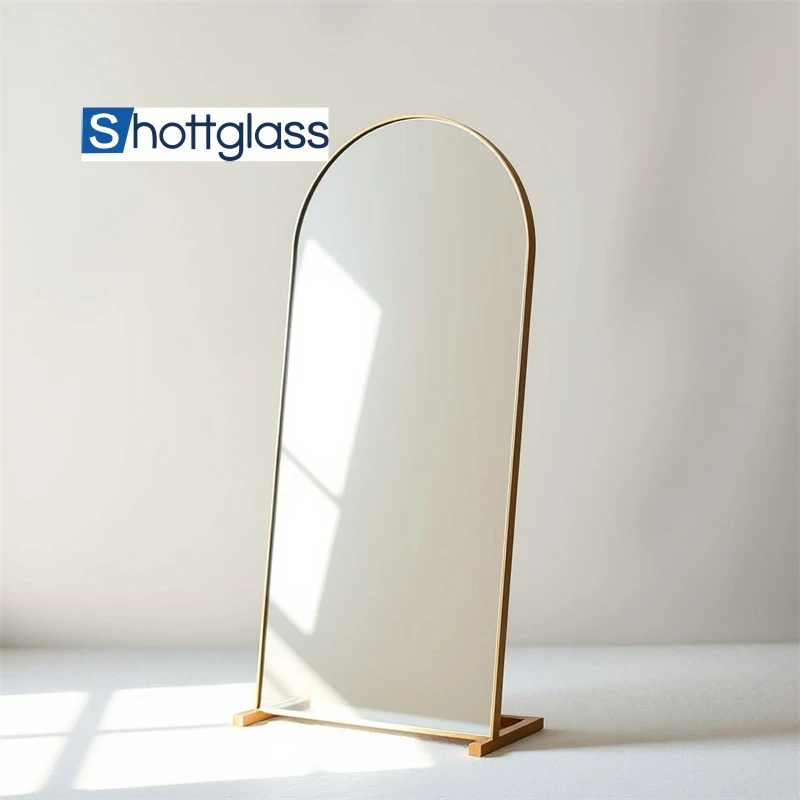Oct . 05, 2024 03:25 Back to list
laminated glass noise reduction
The Benefits of Laminated Glass for Noise Reduction
In an increasingly noisy world, finding effective solutions to minimize sound pollution is essential for maintaining a high quality of life. One of the most innovative materials designed to combat this issue is laminated glass. Known for its superior sound insulation properties, laminated glass has become a popular choice for both residential and commercial applications. This article explores the benefits and features of laminated glass that contribute to significant noise reduction.
What is Laminated Glass?
Laminated glass is formed by sandwiching a layer of polyvinyl butyral (PVB) or ethylene-vinyl acetate (EVA) between two or more sheets of glass. This special interlayer not only enhances the glass's structural integrity but also significantly improves its sound insulation capabilities. The unique configuration of laminated glass allows it to absorb and dampen sound waves more effectively than traditional single or double glazing solutions.
How Does Laminated Glass Reduce Noise?
Noise reduction using laminated glass relies on several key properties
1. Mass and Density The combination of multiple glass layers along with the interlayer increases the overall mass of the glass unit. Heavier materials generally provide better sound insulation as they are less prone to vibration, which is a primary carrier of sound.
2. Damping Effect The interlayer (usually made of PVB or EVA) acts as a sound barrier, absorbing sound energy and reducing transmission. This damping effect is crucial in minimizing both airborne sounds (like traffic noise) and impact sounds (such as footsteps).
3. Decoupling of Layers The different layers of glass, along with the interlayer, create a decoupling effect that disrupts sound waves. When sound waves encounter this structure, they are increasingly weakened as they pass through each layer and the interlayer.
Advantages of Using Laminated Glass
The use of laminated glass in architectural designs provides numerous advantages beyond just noise reduction
laminated glass noise reduction

- Improved Comfort By significantly reducing noise levels, laminated glass helps create peaceful environments
. This is especially beneficial in urban areas or near busy roadways, where sound pollution can be a major concern.- Increased Safety Laminated glass is not only effective for noise reduction; it is also known for its safety features. In the event of breakage, laminated glass holds together, reducing the risk of injury from shards of glass. This makes it an ideal choice for schools, hospitals, and public buildings.
- Energy Efficiency Laminated glass can enhance thermal insulation. The combination of different glass types and thicknesses can help maintain a consistent indoor temperature, leading to decreased energy costs for heating and cooling.
- UV Protection The PVB interlayer blocks up to 99% of harmful UV rays, helping to protect interior furnishings from fading and degradation while simultaneously enhancing comfort.
Applications of Laminated Glass
Laminated glass is versatile and can be used in various applications. It is commonly found in
- Residential Properties Homeowners install laminated glass in windows and sliding doors to enjoy quieter spaces and the safety it provides.
- Commercial Buildings Architects and builders frequently use laminated glass in offices, schools, and hospitals to ensure a tranquil environment conducive to productivity and well-being.
- Transportation Laminated glass is often used in vehicles and public transportation systems, providing noise reduction and safety for passengers.
Conclusion
As sound pollution continues to rise globally, laminated glass emerges as an effective solution for noise reduction. Its unique properties offer a multitude of benefits, including enhanced safety, energy efficiency, and improved interior comfort. Whether in residential settings or commercial spaces, laminated glass contributes significantly to building designs aimed at creating quieter, safer environments. As more architects and homeowners recognize the advantages of laminated glass, its popularity is expected to continue to grow, making every space a little more serene and enjoyable.
-
Sustainable Practices in a Modern Coated Glass Factory
NewsAug.07,2025
-
Insulated Glass Unit Installation Best Practices and Tips
NewsAug.07,2025
-
Frosted Glass Types and Custom Solutions for Sale
NewsAug.07,2025
-
Current Clear Float Glass Price Trends in Global Markets
NewsAug.07,2025
-
Comparing Different Types of Laminated Glass Performance
NewsAug.07,2025
-
Best Anti Fog Bathroom Mirror Solutions for Humid Climates
NewsAug.07,2025
Related PRODUCTS














